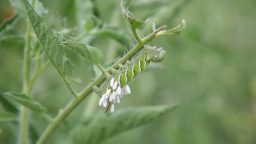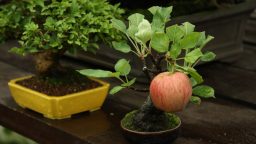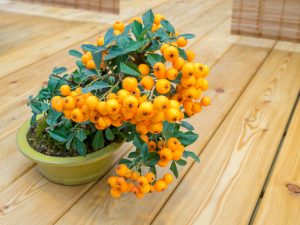Is your garden plagued with hornworms or tobacco worms? Also known as tomato worms, these pests can destroy your plants, as they’ll eat the leaves, stems, and even the fruit, leaving pretty much nothing behind. If you enjoy fresh tomatoes – as well as the pleasant experience of growing them – this is a problem. You need to take care of these pests as soon as possible.
Till Your Soil Well
Since tomato worms are the progeny of moths (and they turn into moths over the course of a few months), they appear at the same time every single year. Moths lay their eggs on the ground, those eggs hatch in the spring, and before you know it, you have tomato worms eating your crops. The best thing to do is to till your soil up extremely well before planting season begins. This kills the eggs, either burying them deep underground or destroying them before they ever have a chance to hatch. Plus, well-tilled soil leads to some great tomato plants, as it brings all of the nutrients up to the surface. Your plants will thank you.
Know the Signs
If you’ve tilled your soil, but are still worried about a tomato worm infestation, then you need to keep an eye on your plants. The main signs to look for include giant holes in the leaves, as well as plants that have leaves one day and very few the next. These worms grow to be about four inches long, and have small horns on their heads (hence their official name – hornworms.) They are the same green shade as the leaves, making them tough to see. With that said, they do become active at night, so you’ll see them crawling around.
Pick Them Off of Your Plants
Although it’s not ideal, you can pick hornworms off of your plants. Just put on some gloves, head out to your garden at dusk, nighttime, or during the waking hours, and individually remove them from the plant. You might want to put on some magnifying glasses to help you see them, and you’ll need some sort of portable light. Although it will take some time to remove all of these little guys off of your plants, doing so doesn’t really harm the worms – that is, unless you squish them. Feel free to rehome them to the other side of your house, away from your tomato plants.
Spray Them with a Hose
If picking the hornworms off doesn’t sound like your idea of a good time, then spray them off with a hose. Many of them cling to the undersides of the leaves or on the stems. Although they are somewhat stubborn and will hang on tight, you can indeed remove them by spraying their hiding spots with a hose. Just don’t use too strong a spray, or your plants may become damaged. If you do this right, then you won’t have to go with the non-organic “nuclear” option: a non-systemic insecticide.
Use Insecticide
Although this should be your last resort, insecticides do work well. There are types made to deal with hornworms that won’t harm any other insects. Make sure to read the label to ensure that you’re purchasing the right kind. In addition, choose a non-systemic insecticide. This type stays on the leaves of the plants and doesn’t soak into the fruit or stems. It only harms the insects that it intends to. Everything else stays safe. Insecticides aren’t ideal, but if you don’t want to spend hours upon hours picking tomato worms off of your plants, you may not have much of a choice. Sometimes you have to make do.




